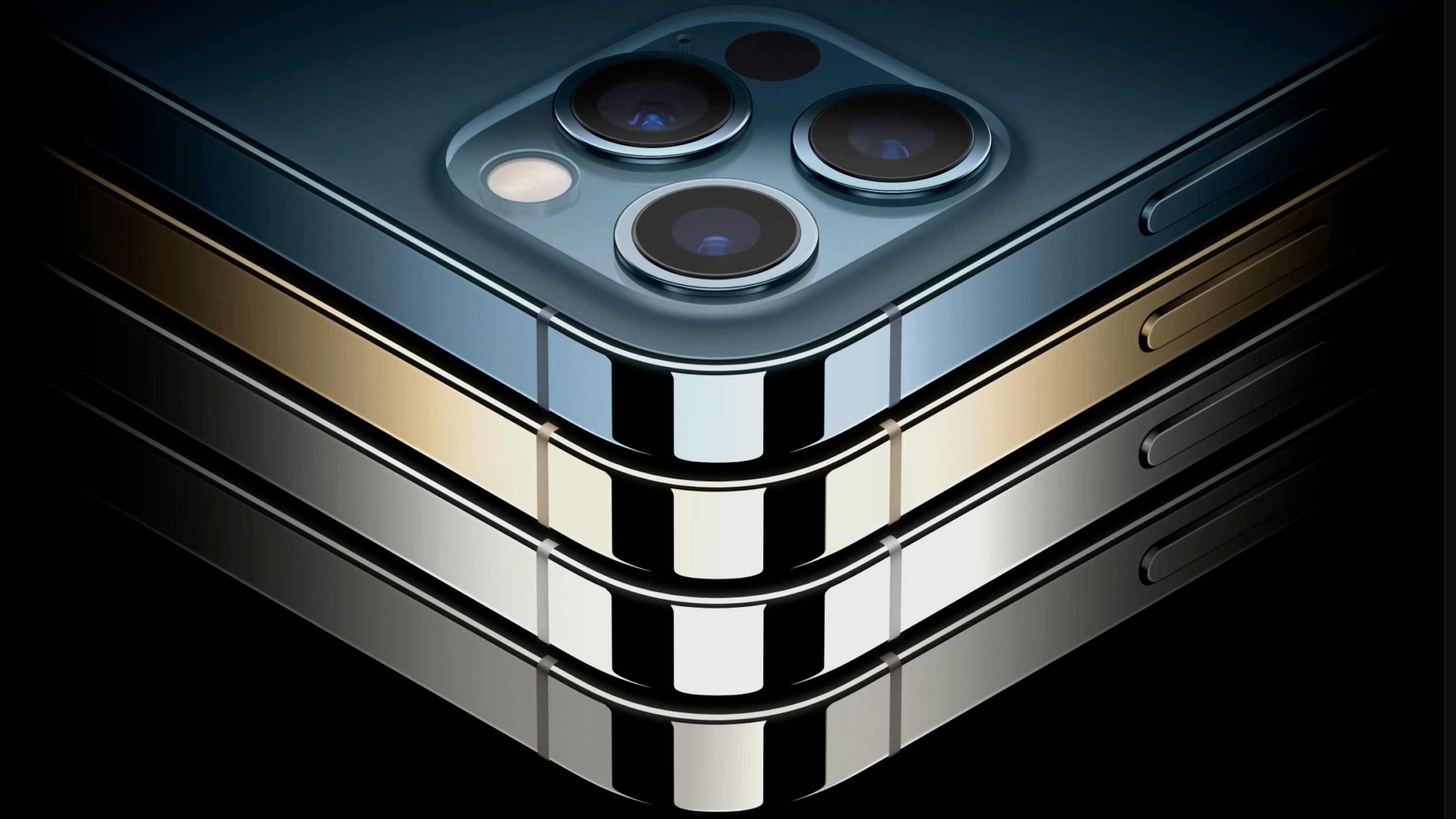Bernanke Struggles to Clarify Fed’s Intentions
Relax, bond investors. Rates will rise gradually, despite the turmoil over the Fed chief's recent statements.

Federal Reserve Chairman Ben Bernanke is finding out that too much communication can be just as confusing for markets as too little. Since 2006, when he took over as chairman of the nation’s central bank, Bernanke has championed more openness about the Fed’s policymaking thought process. Now, as he tries to provide jumpy financial markets with some guidance on how the central bank will scale back the current exceptional mix of stimulative bond buying and rock-bottom interest rates that it has been applying since 2008, the task is proving tricky.
GOING LONG: Bernanke Got It Right
The flood of information that the formerly secretive central bank now puts out sometimes leads to turmoil — the more so when financial markets are as intently poised to leap into action as they are now, out of fear of missing an interest rate turn.
Bernanke’s first effort to lay out a rough route for paring back the Fed’s bond buying followed a June 18-19 policy-setting meeting and triggered a frenzy in global markets. Investors jumped to the conclusion that his remarks signaled an earlier-than-expected end to near-zero interest rates. September shot to the fore as the predicted date for the Fed to start reducing bond purchases, and bondholders rushed to the exits, dumping holdings and sending rates soaring by about a full percentage point on 10-year Treasury notes.
From just $107.88 $24.99 for Kiplinger Personal Finance
Become a smarter, better informed investor. Subscribe from just $107.88 $24.99, plus get up to 4 Special Issues

Sign up for Kiplinger’s Free Newsletters
Profit and prosper with the best of expert advice on investing, taxes, retirement, personal finance and more - straight to your e-mail.
Profit and prosper with the best of expert advice - straight to your e-mail.
The earliest the Fed is likely to act is later in the year, however. A September turning point was and remains too early. Instead, it’s likely to be December, and possibly not until next year, before the monetary gurus will move, after they see solid and lasting signs of economic recovery — including more robust labor markets.
What’s more, easing up on the volume of bond buying isn’t yoked to a hike in official interest rates. The two steps are, in fact, separate elements of a broader Fed drive to reinvigorate the economy by pumping liquidity into it. And there is little likelihood the central bank will start lifting rates before 2015. Edgy market participants confused the two elements.
Now Bernanke is trying again to paint a complete, and nuanced, picture of what’s ahead, telling a blue-ribbon National Bureau of Economic Research crowd that an easy-money policy remains necessary for the foreseeable future. His July 10 speech expressing that view followed release of the minutes from the mid-June Federal Open Market Committee meeting and was clearly a bid to steady spooked market players. The minutes themselves were far from clear. Although they noted that many of the 19 central bank members need to see solid labor gains before tapering off on bond buying, and many saw bond buying continuing into 2014, the minutes also indicated that about half of the Fed members favored ending the economic stimulus program late this year. The split illustrates the divergence of views among policymakers about the best course to follow.
For clarity, listen to Bernanke’s own words. “Highly accommodative monetary policy for the foreseeable future is what’s needed in the U.S. economy,” he told a questioner. That doesn’t indicate an imminent change in either interest rates or quantitative easing.
The takeaway from all this? Bond investors should stay calm, looking for rates to rise gradually over the next one or two years. A turn toward a cycle of higher short-term rates was always part of market expectations, and you can count on the market to overshoot at times. Interest rates will eventually rise, to a level the economy can bear. But relatively slow current and anticipated rates of GDP expansion mean they won’t soar to the stratosphere and stay there. Periods of exceptional volatility are to be expected, however, as price levels seek equilibrium. But keep your eye on the horizon, not on the immediate turmoil.
Profit and prosper with the best of Kiplinger's advice on investing, taxes, retirement, personal finance and much more. Delivered daily. Enter your email in the box and click Sign Me Up.

-
 Dow Hits New High Then Falls 466 Points: Stock Market Today
Dow Hits New High Then Falls 466 Points: Stock Market TodayThe Nasdaq Composite, with a little help from tech's friends, rises to within 300 points of its own new all-time high.
-
 The Best Vanguard Bond Funds to Buy
The Best Vanguard Bond Funds to BuyInvestors seeking the best Vanguard bond funds can pick between mutual funds and ETFs spanning maturities, credit qualities, tax treatment and geographies.
-
 Are You Afraid of an IRS Audit? 8 Ways to Beat Tax Audit Anxiety
Are You Afraid of an IRS Audit? 8 Ways to Beat Tax Audit AnxietyTax Season Tax audit anxiety is like a wild beast. Here’s how you can help tame it.
-
 The Kiplinger Letter's 10 Forecasts for 2026
The Kiplinger Letter's 10 Forecasts for 2026The Kiplinger Letter Here are some of the biggest events and trends in economics, politics and tech that will shape the new year.
-
 What to Expect from the Global Economy in 2026
What to Expect from the Global Economy in 2026The Kiplinger Letter Economic growth across the globe will be highly uneven, with some major economies accelerating while others hit the brakes.
-
 Amid Mounting Uncertainty: Five Forecasts About AI
Amid Mounting Uncertainty: Five Forecasts About AIThe Kiplinger Letter With the risk of overspending on AI data centers hotly debated, here are some forecasts about AI that we can make with some confidence.
-
 Worried About an AI Bubble? Here’s What You Need to Know
Worried About an AI Bubble? Here’s What You Need to KnowThe Kiplinger Letter Though AI is a transformative technology, it’s worth paying attention to the rising economic and financial risks. Here’s some guidance to navigate AI’s future.
-
 Will AI Videos Disrupt Social Media?
Will AI Videos Disrupt Social Media?The Kiplinger Letter With the introduction of OpenAI’s new AI social media app, Sora, the internet is about to be flooded with startling AI-generated videos.
-
 What Services Are Open During the Government Shutdown?
What Services Are Open During the Government Shutdown?The Kiplinger Letter As the shutdown drags on, many basic federal services will increasingly be affected.
-
 The Economy on a Knife's Edge
The Economy on a Knife's EdgeThe Letter GDP is growing, but employers have all but stopped hiring as they watch how the trade war plays out.
-
 Apple Readies for AI Upgrade with New iPhones
Apple Readies for AI Upgrade with New iPhonesThe Kiplinger Letter The tech giant has stumbled when it comes to artificial intelligence, but a new batch of iPhones will help it make headway.